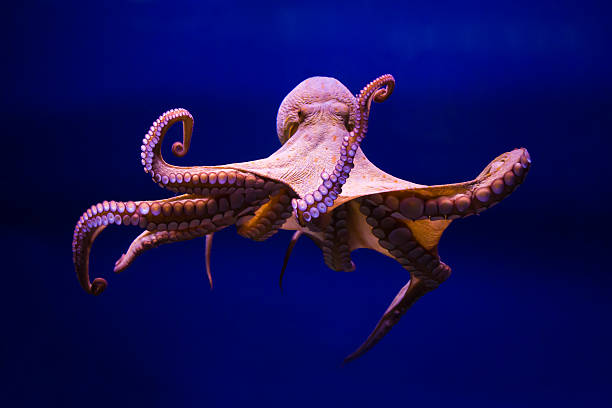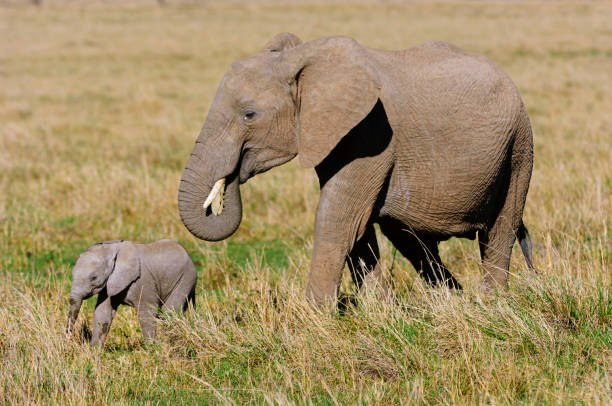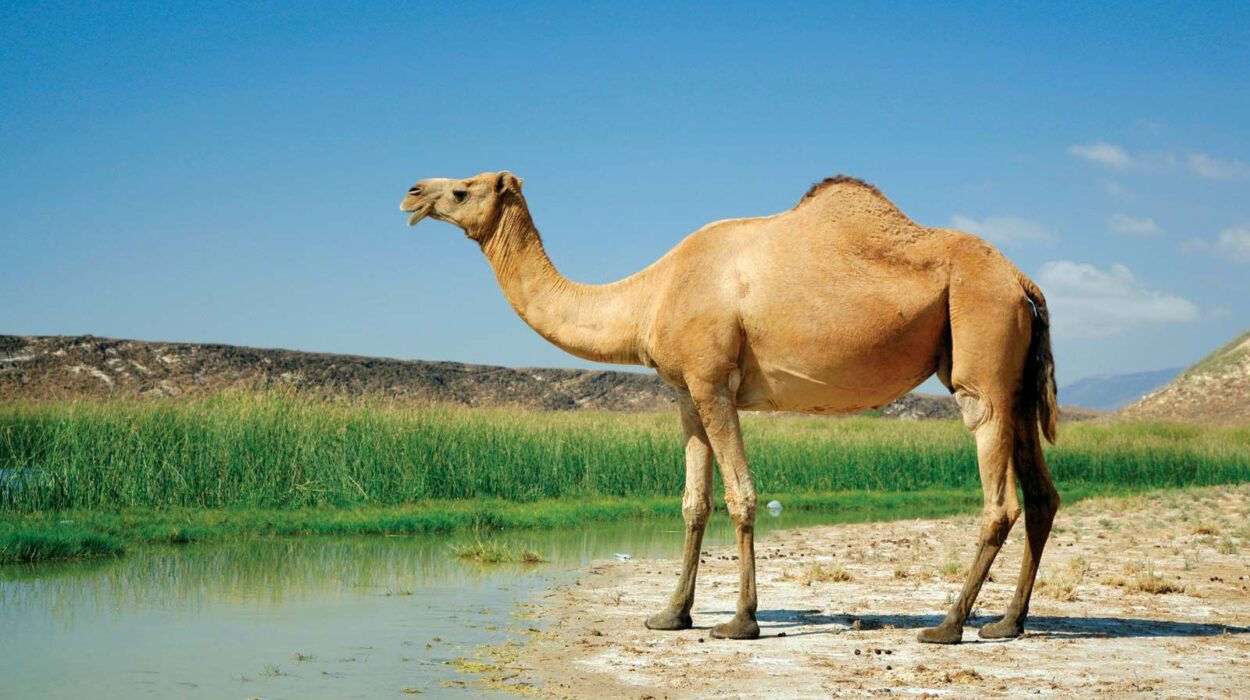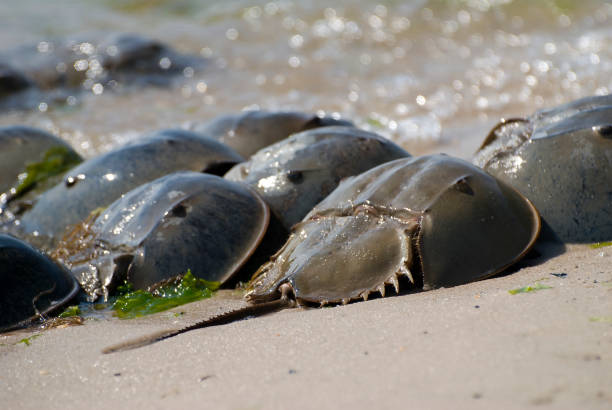Reptiles—cold-blooded, ancient, and endlessly fascinating—are living remnants of an age when giants ruled the Earth. From crocodiles lurking in swampy rivers to tiny geckos clinging to glass with impossible grace, reptiles have fascinated humans for centuries. They carry an air of mystery, a mix of prehistoric toughness and quiet elegance.
But behind those unblinking eyes and scaly skin lies a world of wonders stranger than fiction. Some can change sex without warning. Others can breathe through their skin, glide without wings, or live for more than two centuries. There are lizards that squirt blood from their eyes, turtles that smell through their throats, and snakes that see in infrared like living night-vision cameras.
So, prepare to enter the reptile realm—a place where biology bends the rules and evolution takes creative liberties. Here are fifteen weird, wild, and utterly true reptile facts that will make you see these creatures in a whole new light.
1. Some Lizards Can Squirt Blood from Their Eyes
It sounds like something from a horror movie, but it’s a real defense mechanism used by the horned lizard of North America. When threatened, this desert dweller performs one of the strangest tricks in the animal kingdom—it shoots jets of blood from its eyes!
This bizarre tactic, called autohemorrhaging, involves increasing blood pressure in the head until tiny vessels near the eyes burst. The result is a fine stream of blood that can travel up to five feet. Even weirder? The blood contains chemicals that taste foul to predators, especially coyotes.
Scientists believe this adaptation evolved as a last-resort defense—when camouflage and spiky armor fail, the lizard literally weaponizes its own bloodstream. It’s nature’s ultimate shock tactic.
2. Sea Turtles Can Cry—But Not Because They’re Sad
If you’ve ever seen a sea turtle “crying” as it nests on the beach, don’t feel too sorry—it’s not emotional distress. Those tears serve a vital biological function.
Sea turtles have special glands near their eyes that excrete excess salt from seawater they ingest. Because they spend most of their lives in the ocean, they constantly take in salt, and their bodies must get rid of it somehow. These “salt glands” work overtime, producing tear-like secretions that run down their faces.
The result is an image that seems heartbreakingly human: a majestic turtle shedding tears under the moonlight. But those tears are actually a symbol of resilience—a reminder that even ancient mariners need a way to stay balanced in a salty world.
3. Some Reptiles Can Change Sex Based on Temperature
For many reptiles, gender isn’t determined by chromosomes at all—it’s dictated by temperature.
This phenomenon, called temperature-dependent sex determination (TSD), occurs in species like crocodiles, alligators, and many turtles. During egg incubation, a few degrees difference can decide whether hatchlings will be male or female.
For instance, in green sea turtles, cooler sands tend to produce males, while warmer sands yield females. Scientists call it “hot chicks, cool dudes.” In some crocodile species, the relationship is reversed—moderate temperatures make males, while extremes make females.
Climate change has made this more than a curiosity—it’s a crisis. Rising global temperatures are skewing sex ratios in wild populations, threatening the future of these species. It’s a haunting example of how fragile the balance of nature truly is.
4. The Tuatara—A Living Fossil with a Third Eye
Meet the tuatara, a reptile so ancient it predates the dinosaurs. Native to New Zealand, it looks like a lizard, but it’s actually the last survivor of a reptilian order called Rhynchocephalia, which flourished 200 million years ago.
What makes the tuatara truly weird is its third eye, known scientifically as a parietal eye. This light-sensitive organ sits atop its head, covered by a thin layer of skin and scales. While it can’t “see” images, it detects changes in light and helps regulate circadian rhythms and hormone cycles.
Scientists believe this vestigial eye is a throwback to prehistoric ancestors that may have relied on it for detecting predators or navigating sunlight. The tuatara is not just a reptile—it’s a time capsule, a breathing link to an ancient world.
5. Some Turtles Can Breathe Through Their Butts
Yes, you read that right. Certain turtles, like the Fitzroy River turtle and the North American painted turtle, can absorb oxygen through their cloaca—a multipurpose opening used for excretion and reproduction.
This odd adaptation, known as cloacal respiration, allows them to stay underwater for extended periods, especially during winter hibernation when oxygen levels drop.
They pull in water through their cloacal opening and extract oxygen using specialized sacs inside, effectively “breathing” through their rear ends. While it may sound comedic, it’s a lifesaving adaptation for surviving cold, oxygen-poor environments.
So the next time someone calls a turtle slow, remind them—it can do something no mammal ever could.
6. Crocodiles Can’t Stick Out Their Tongues
Despite their terrifying power, crocodiles have one strange limitation—they can’t stick out their tongues. Unlike most animals, a crocodile’s tongue is fixed to the bottom of its mouth by a membrane, preventing it from moving freely.
Why would evolution do that? It’s actually a safety feature. Crocodiles often hunt underwater, and if they could stick their tongues out, water could rush down their throats and drown them. The fixed tongue helps seal the mouth when submerged, ensuring no unwanted water gets in.
It’s a reminder that every trait—no matter how weird—exists for a reason. For crocodiles, silence and stillness are survival itself.
7. Chameleons Don’t Change Color to Match Backgrounds
The idea that chameleons change color to camouflage with their surroundings is a myth that refuses to die. In truth, chameleons change color primarily to communicate and regulate body temperature.
Their skin contains layers of nanocrystals that reflect light differently based on spacing. When a chameleon is calm, the crystals are tightly packed, reflecting greens and blues. When agitated or excited, the cells expand, revealing yellows, oranges, and reds.
Color changes can indicate mood, aggression, or readiness to mate. Males often flash bright colors to assert dominance, while females change hues to show receptiveness—or to tell suitors to back off.
It’s not camouflage; it’s a conversation in color—a language written on living skin.
8. Snakes Can “See” Body Heat
Pit vipers, pythons, and some boas possess one of nature’s most extraordinary senses: infrared vision.
They have specialized pit organs on their faces that detect the heat signatures of warm-blooded prey. This allows them to “see” even in complete darkness, tracking movements with pinpoint accuracy.
In a way, snakes have built-in night vision goggles. When hunting at night, a viper can sense the faint warmth of a mouse several feet away, striking with deadly precision.
It’s not eyesight as we know it—it’s a sixth sense, one that blurs the line between predator and machine.
9. Komodo Dragons Have Venom—Not Just Bacteria
For years, scientists believed the Komodo dragon killed its prey through bacteria-infested bites. But recent research uncovered the real truth: these massive lizards are venomous.
Inside their jaws are glands that produce toxins capable of lowering blood pressure, causing shock, and preventing clotting. When a Komodo bites, its venom weakens prey, making it easier to overpower.
Combined with their serrated teeth and powerful jaws, this venom turns the Komodo into one of the most formidable predators on Earth. It’s a chilling reminder that even ancient giants can surprise modern science.
10. Some Lizards Can Clone Themselves
In parts of the American Southwest and Mexico, there exist lizards that reproduce without males. These are parthenogenetic species, meaning females can lay fertile eggs without ever mating.
The New Mexico whiptail lizard is one such marvel. Entire populations consist only of females. Through a process called automixis, they combine their own genetic material to produce clones.
To stimulate egg production, they even engage in pseudo-mating behaviors, taking turns playing the “male” and “female” roles—despite being genetically identical.
These self-replicating reptiles are evolutionary oddities, but they prove that life always finds a way—even if it has to bend the rules of reproduction.
11. Crocodiles Can Climb Trees
It’s not a myth—crocodiles can climb. Although their body shape seems ill-suited for it, several species, including Nile and American crocodiles, have been observed scaling low-hanging branches or riverbank slopes.
Researchers believe this behavior helps them bask in the sun or scout for prey from a higher vantage point. Some young crocs even climb several meters up.
Imagine walking through the swamp and looking up to find a crocodile staring down—it’s both absurd and terrifying. Evolution, it seems, doesn’t believe in comfort zones.
12. The Basilisk Lizard Can Run on Water
Nicknamed the “Jesus Christ lizard,” the basilisk can sprint across the surface of water for several meters before sinking.
This miraculous feat is possible due to its specialized hind feet, which have fringed scales that create tiny air pockets as they slap the water. By running at incredible speed, they generate enough lift and momentum to stay above the surface momentarily.
It’s an energy-intensive trick, but it’s perfect for escaping predators in tropical rainforests. Watching a basilisk dash across a pond feels like witnessing a divine illusion—a reptile literally walking on water.
13. Alligators Communicate Using Infrasound
Alligators are often silent, but when they do speak, it’s in a voice we can’t always hear. They use infrasound—low-frequency vibrations below the human hearing range—to communicate through water and air.
During mating season, males produce deep, resonant bellows that make the water around them “dance” in visible ripples. These vibrations signal dominance and attract females from great distances.
Scientists have compared the sensation to a low, physical hum that you feel more than hear—a reptilian song that resonates through the earth.
14. Some Snakes Give Birth to Live Young
While most reptiles lay eggs, several species of snakes have evolved to give birth to live young, a process known as viviparity.
Boa constrictors, garter snakes, and sea snakes all carry developing embryos inside their bodies until they are ready to emerge. In some species, the mother even provides oxygen and nutrients through a placenta-like structure—a remarkable parallel to mammals.
This adaptation offers a survival advantage in cooler environments where eggs might not incubate properly. For snakes, evolution found a way to bring warmth to the cold-blooded world.
15. Giant Tortoises Can Live Over 200 Years
Few creatures on Earth have mastered longevity like the giant tortoise. These gentle giants can live for more than two centuries, quietly observing generations of humans rise and fall.
One of the oldest recorded was Adwaita, an Aldabra tortoise believed to be 255 years old when he died in 2006. Another, Jonathan, a Seychelles tortoise, still lives today at over 190 years old.
Scientists attribute their longevity to slow metabolisms, robust immune systems, and a life of minimal stress. They seem to age gracefully, their hearts beating steadily through centuries.
In a world that rushes, tortoises remind us of the beauty of patience and endurance.
The Eternal Fascination of Reptiles
Reptiles are not relics—they’re innovators. From self-cloning lizards to infrared-sensing snakes, these creatures continually rewrite the rules of biology. They’ve outlasted mass extinctions, adapted to deserts, forests, and oceans, and thrived where others have failed.
Their weirdness is not just trivia—it’s testament to life’s creativity. Each quirk, each adaptation, is a story millions of years in the making.
When we look into the eyes of a reptile, we’re not just seeing a cold-blooded creature. We’re glimpsing the deep intelligence of evolution itself—the silent wisdom of beings who’ve seen the world change and lived to tell its tale.
In their stillness lies survival. In their strangeness, wonder. And in their scales, the shimmering reflection of Earth’s oldest dreams.






